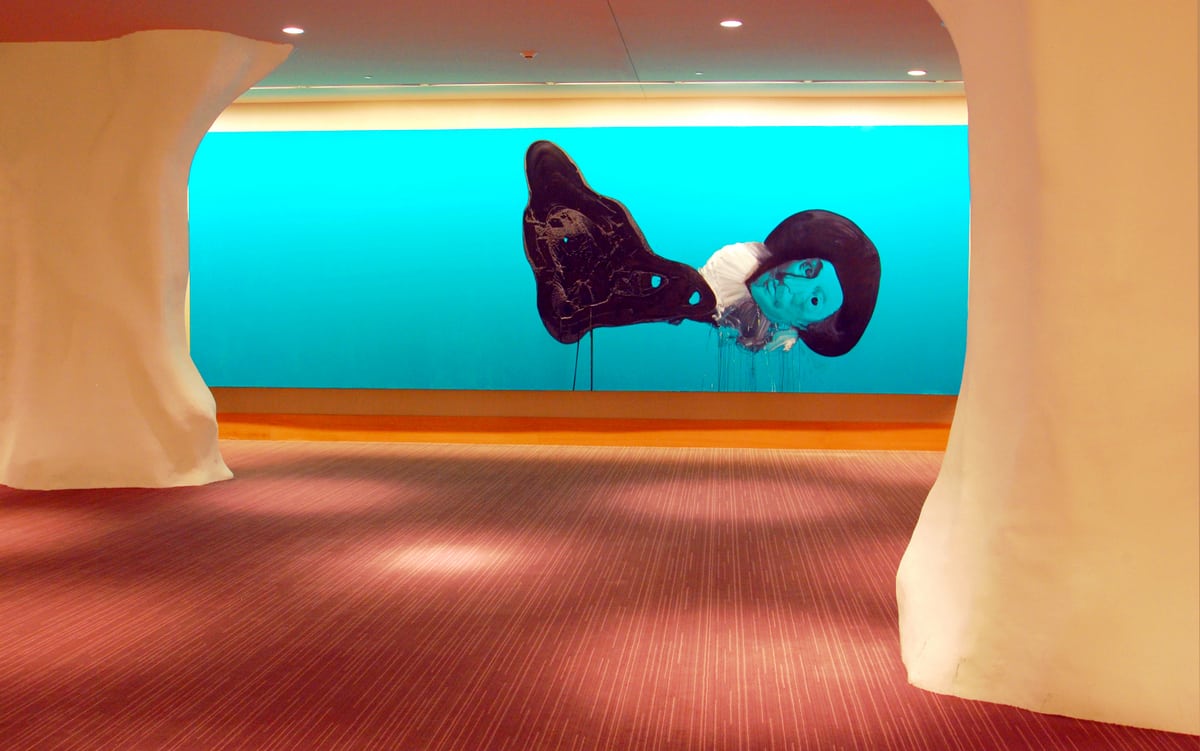Recently we launched our Skift Trends Report subscription service, and as part of that, the second report “Airports as Destinations: The Rise of User Experience” is most definitive report ever done covering how the changing business environment is turning airports into more welcoming places. Below is an extract from the report.
Non-passengers, including airport staff, often outnumber flyers, and innovative amenities can encourage them to stay longer and spend more.
Munich is a standout example of an airport city that serves as a notable destination for area residents as well as those arriving, departing and transferring. The airport is rather far from the city center, and serves as a hub for activity in the surrounding suburbs.
“Munich Airport was interested to become a micro-city to liaise and partner with the towns around the airport,” says Corinna Born, public relations manager at the Munich Airport. “Munich is around 33 kilometers away from the airport but there are lots of towns and small cities nearby and the airport wanted to offer them shopping and dining facilities. We wanted the airport to be a place of encounters for locals and passengers alike.”
Aside from food, we are also seeing fine arts and entertainment appearing in airports for those who can’t make it downtown. San Francisco16 has several galleries for art, pop culture and anthropology. Amsterdam Schiphol displays typically Dutch17 artworks from the Rijksmuseum collection. Paris Charles DeGaulle hosted an exhibition of Rodin sculptures18.
Performing arts are also coming to the travelers in the airport. The airports in Austin, Texas and Nashville, Tenn. both host concerts, cashing in on the cities’ reputation as live music hubs. Ibiza, Spain even has a lounge club in the airside zone called the F*** Me I’m Famous Lounge Club19, complete with a dance floor and performances by famous DJs such as David Guetta. This isn’t without precedent. Frankfurt am Main Terminal 1 was the site of the famous Dorian Gray20 dance club until 2000.
Hotels are also pushing the envelope for arts and entertainment. The Intercontinental Hotel at Chicago’s O’Hare is one prime example. The hotel is located in Rosemont, Ill., which despite a tiny size and population, is one of the biggest office markets in the Midwest, and a major destination for business travelers. The hotel hosts a full-fledged art gallery21.
“The vast majority of our business does not go to Chicago,” says Patrick Cook, Director of Sales and Marketing at the Intercontinental O’Hare. “The logic is that Chicago offers direct flights, and you don’t have to waste time connecting or heading downtown for an hour and a half. But our customers still want a bit more of a unique, premium experience.”
Curator Nicole White says that the artists, many of whom are just emerging on the Chicago scene, enjoy getting more viewers and foot traffic than they would at downtown galleries.
“Airports themselves are these spaces where you move from one place to another and don’t engage in the environment,” she says. “O’Hare is miles from the city. If you aren’t planning to head in, the gallery brings a little bit of the city to you. It gives those visitors a sense of Chicago, a space that is much more unique and individualized.”
The Daily Newsletter
Our daily coverage of the global travel industry. Written by editors and analysts from across Skift’s brands.
Have a confidential tip for Skift? Get in touch
Photo credit: The Art Gallery at Intercontinental Chicago O’Hare. Courtesy: Intercontinental Hotel Chicago O’Hare

